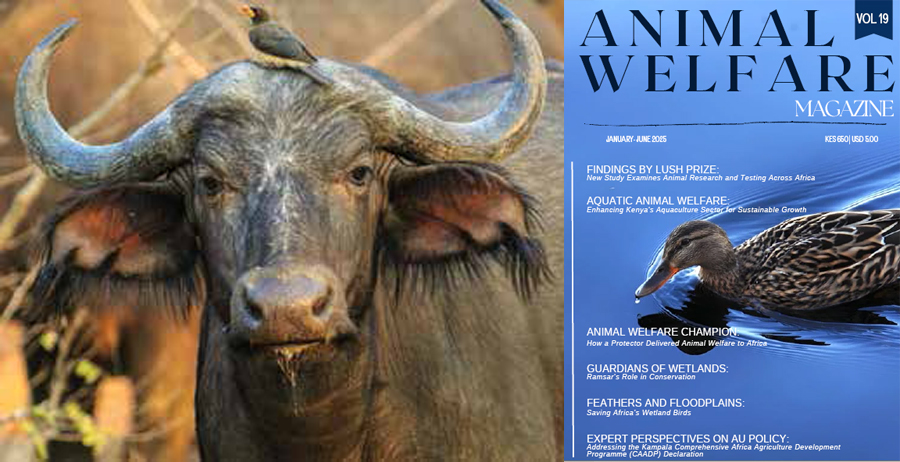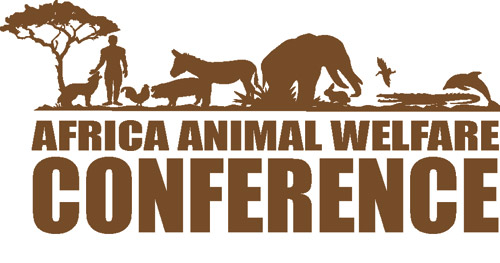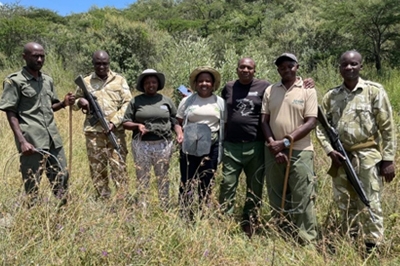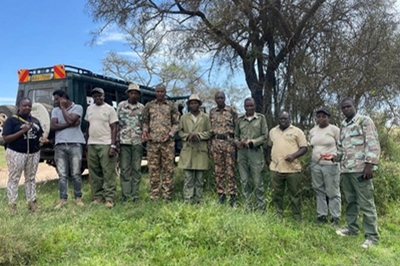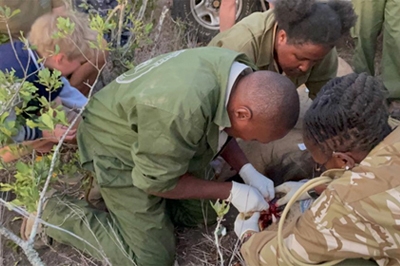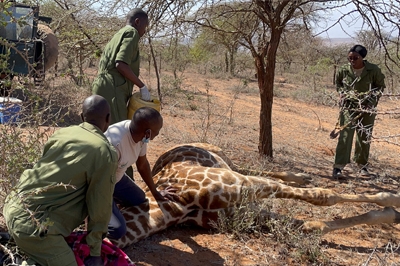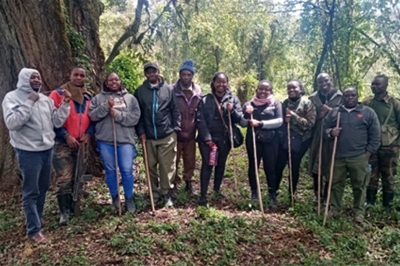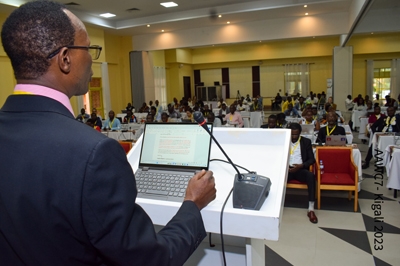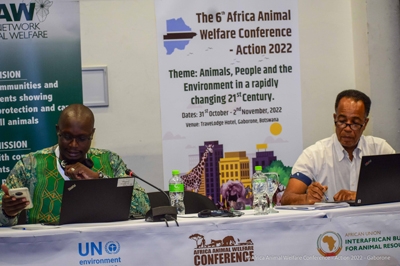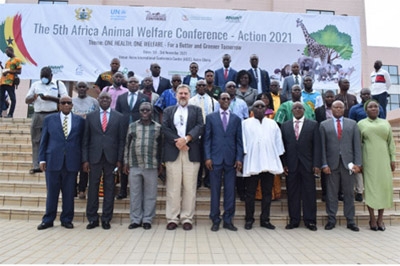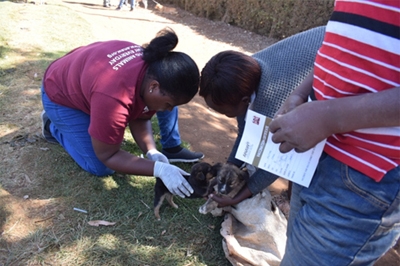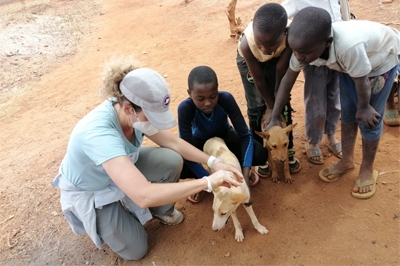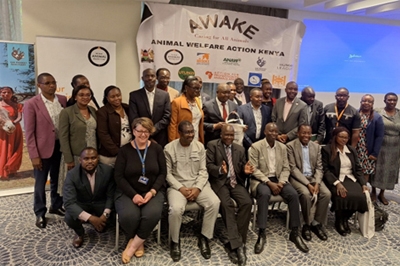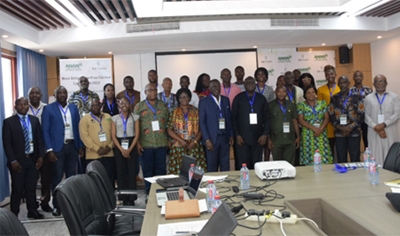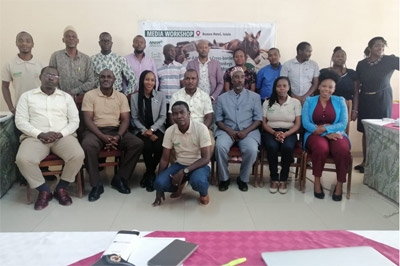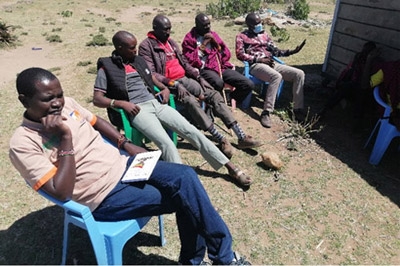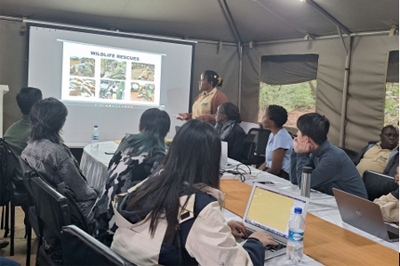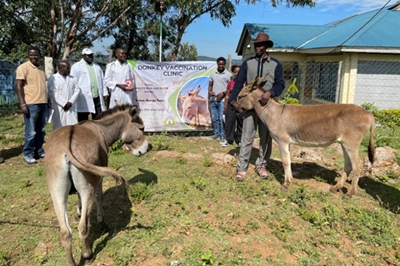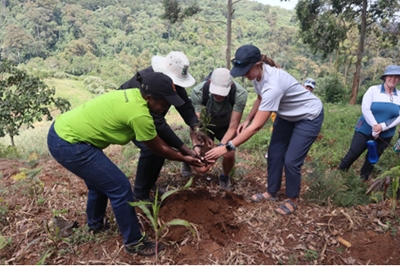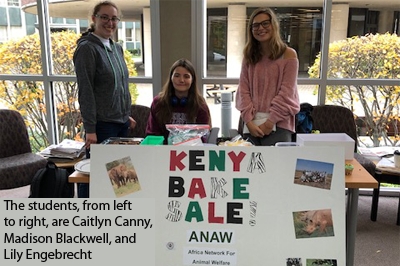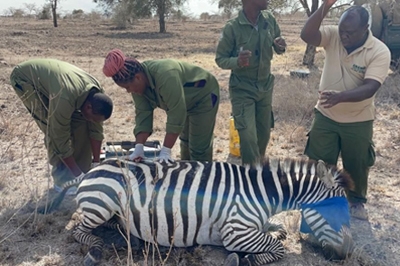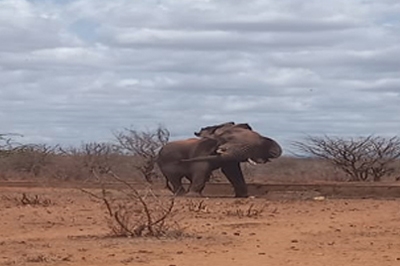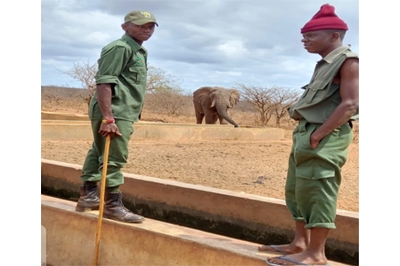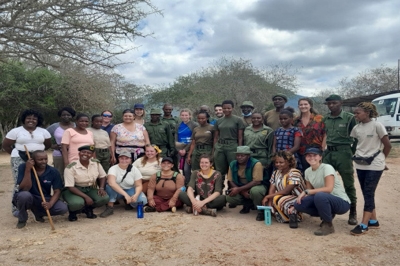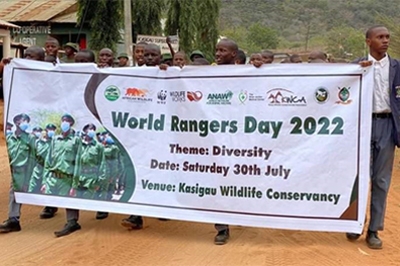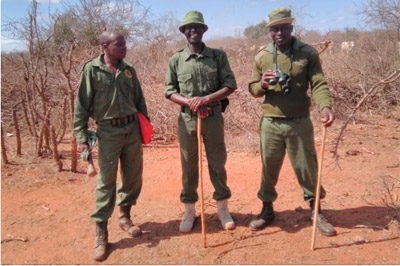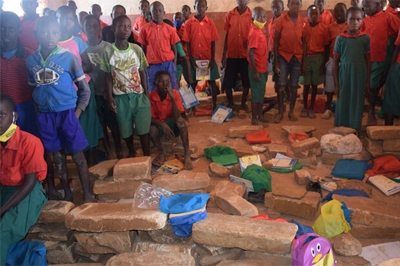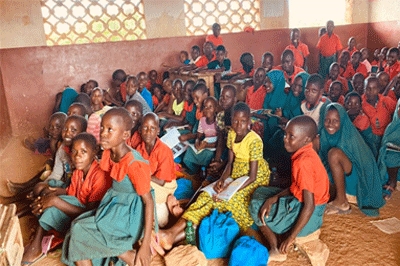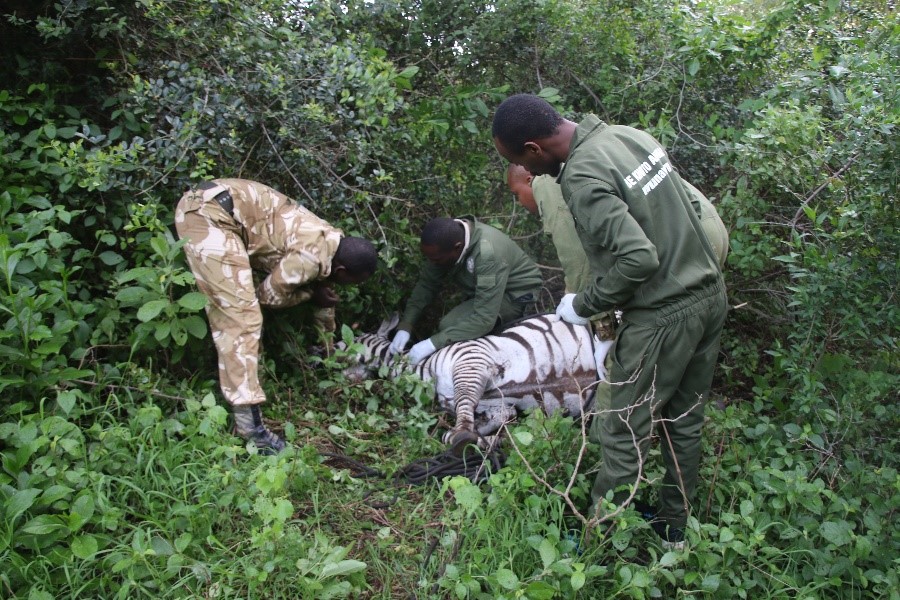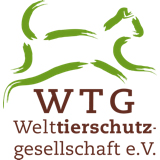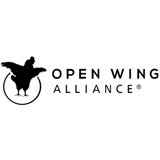Educate a Child and Save an Animal from Poaching!
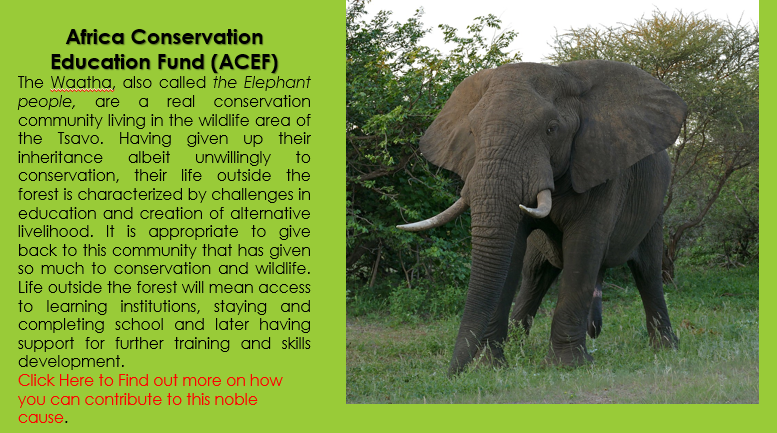 You want to see elephants, rhinos, lions and all wildlife in Africa’s range states tomorrow? And for generations to come?
You want to see elephants, rhinos, lions and all wildlife in Africa’s range states tomorrow? And for generations to come?
While Wildlife loss is estimated at 60% globally , 59% in Africa and 68% in Kenya , no poaching takes place anywhere without the knowledge of someone in the communities living in or neighboring wildlife areas. Further, these communities living near protected areas rely on wildlife products such as bush meat for their livelihood. What if these communities were empowered in education and ultimately get employment for alternative income? The ultimate goal would be decreased poaching and care for wildlife. Let’s walk together this promising journey of paradigm shift and conservation success.
Solution:
The Africa Conservation Education Fund (ACEF)under Africa Network for Animal Welfare will offer education scholarships and monitor progress; involving the beneficiaries in wildlife conservation initiatives, “for in the end we only conserve what we love, we only love what we understand and we only understand what we are taught” (or involved in). Bab Dioum.
Lean Start Up
For a lean start-up and a model for replication, we begin with the Watha communityliving around Tsavo National Park in Kenya. This is a marginalized and impoverished community that lived as hunters and gatherers in Tsavo till 1948 when the Park was gazetted as a protected area. Not given an alternative livelihood, the community has continued to suffer the consequences of the stiff penalties meted by the unforgiving anti-poaching laws for a culture they were born into. For lack of school fees many in the community are uneducated making securing gainful employment a great challenge.
The target is to educate 10 children through high school at a cost of USD 30,000. This is broken down to USD 3000 per child in a 4-year high school period.
Sustainability
Upon employment, the beneficiaries will contribute back to the education scholarship kitty 50% of the amount provided by the fund for their education.
The Co-Founders:
Josphat Ngonyo ; who became founder chairman of Moi University Wildlife Club, Administrator at David Sheldrick Wildlife Trust, founding director of Youth for Conservation and presently founder and executive director of Africa Network for Animal Welfarewww.anaw.org, himself coming from such a community, at one point had to leave high school, for lack of school fees to proceed and had to go back to primary school so that he could do exams again to pass with top marks in order to get scholarship that would see him through high-school. This he did and fortunately got scholarships that took him through high-school and university education levels. His passion is to see others in similar circumstances get meaningful education and become entrepreneurs or engaged in gainful employment and not reliant illegal poaching activities or bushmeat trade to survive.
David Gies;based in USA Denver, Colorado and formerly a CEO of a philanthropic Animal Assistance Foundation, he is passionate about education and supporting communities’ participation in conservation work. He is the founder president of Africa Network for Animal Welfare - USA.
What You Can Do
Contribution levels |
Amount to be contributed in (USD) |
What you get |
|
Platinum |
USD 3,000
|
(Elephant made of wire snares physically removed from snares set up by poachers to catch animals for bush meat) |
|
Gold |
USD 1,500
|
(Rhino made of wire snares physically removed from snares set up by poachers to catch animals for bush meat) |
|
Silver |
USD 750
|
(Giraffe made of wire snares physically removed from snares set up by poachers to catch animals for bush meat) |
|
Bronze |
USD 375 |
(Zebra made of wire snares physically removed from snares set up by poachers to catch animals for bush meat) |
|
Green |
Any amounts ranging from $10 to $374 |
|
|
Platinum Plus |
Above USD 3000
|
(An elephant and a Rhino made of wire snares physically removed from snares set up by poachers to catch animals for bush meat) |

